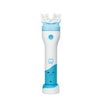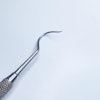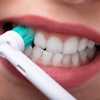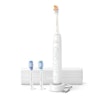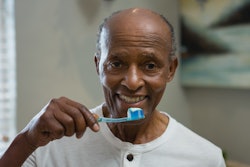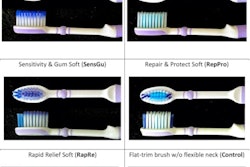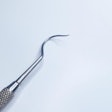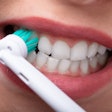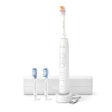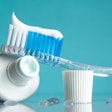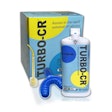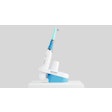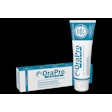A toothbrush with branched filament tips may be more effective at removing plaque than one with the bristle configuration of super tapered filaments (STF), according to a study recently published in Clinical and Experimental Dental Research.
Additionally, a toothbrush with 16-branched filament tips (16-BFE) may cause less damage to the gums, the authors wrote.
“These results suggested that the 16-BFE toothbrush provided a more effective way in dental plaque removal when compared to the STF toothbrush and was less harmful to the gingiva,” wrote the authors, led by Nozomi Niki of the Tokushima University Graduate School of Biomedical Sciences in Japan (Clin Exp Dent Res, July 31, 2025, Vol. 11:4, e70192).
Toothbrush bristle design can affect cleaning effectiveness and comfort and should be chosen based on patient age and oral condition, especially for older adults who may have limited dexterity. This clinical trial aimed to evaluate the effectiveness of a new 16-BFE toothbrush compared to an STF toothbrush.
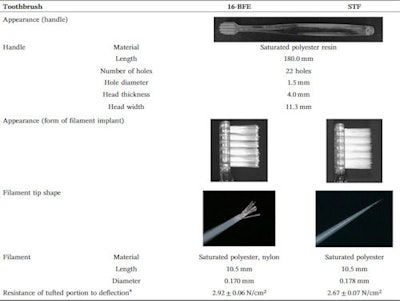 Table 1: Test toothbrushes specification.Image and caption courtesy of Niki. Licensed under CC BY 4.0.
Table 1: Test toothbrushes specification.Image and caption courtesy of Niki. Licensed under CC BY 4.0.
This study included 50 older adults in Japan age 50 and older, each with at least 20 teeth. Participants were randomly assigned to two groups in a crossover clinical trial. Plaque reduction was assessed using a modified plaque control record method, and gingival abrasions were assessed through intraoral photographs, they wrote.
In the first intervention study, individuals brushed for three minutes using a prototype 16-BFE toothbrush, and dental plaque and gingival abrasion areas were measured before and after using a plaque staining solution. In the next intervention study, the same procedure was followed but with an STF toothbrush. Groups alternated the order of the interventions with a two- to three-month washout period.
The 16-BFE toothbrush showed a significantly higher median plaque reduction rate of 22.4% (95% confidence interval [CI], 17.3 to 29.2) compared to 18.5% (95% CI, 14.2 to 23.5) for the STF toothbrush (p = 0.028, effect size = -0.22). In the crown region, reduction rates were 24.5% (CI, 20.8 to 33.8) for the 16-BFE and 18.7% (CI, 16.7 to 22.4) for the STF toothbrush, they wrote.
In the cervical region, the reduction was 19.9% (CI, 16.9 to 26.6) for 16-BFE and 17.5% (CI, 12.3 to 22.5) for STF, but the difference was not significant (p = 0.126, effect size = -0.15). On the proximal surface, the 16-BFE had a reduction rate of 20.8% (CI, 15 to 26.7) versus 16.3% (CI, 11.8 to 21.8) for STF (p = 0.065, effect size = -0.18). Only one small (≤ 5 mm) gingival abrasion was observed out of 1,700 areas examined when using the 16-BFE toothbrush.
However, the study had limitations, as the findings in Japanese older adults who received regular brushing instruction may not be widely generalizable, the authors added.
“Even though 16-BFE showed a significant improvement, clinical relevance and long-term effects needed to be further investigated,” they concluded.

